24xVHSRip + Audiobook | AVI / DivX, ~430 kb/s | 640×480 | 24x~45 min | English: MP3, 128 kb/s (2 ch) | 4.36 GB
Genre: Archaeology
“Have you ever found yourself, perhaps after visiting a museum, an art gallery, or a historic site, wanting to know more about a long-lost civilization, a fortress that was bitterly fought over ages ago, or a ruined city sitting mute but poignant in the midst of what was once a thriving human world but is now a trackless jungle or a lonely plain? If such experiences have gripped your imagination, then you have probably also wondered how, more generally, groups of human beings dealt at different times and places with the challenges of their environments, and how, in turn, the environment shaped past peoples across the unchronicled millennia of human prehistory.”
The first scientific excavation occurred in 1784 when Thomas Jefferson (1743-1826), 17 years before he became president, excavated native burial mounds according to the Law of Superposition (the earliest remains are those which were laid down first, and the latest remains are those which were laid down last). He recorded everything he found and published his data. Essentially, Jefferson conducted a modern scientific excavation.
As the 19th century progressed, antiquarianism set the stage for scientific archaeology. You will learn about General Augustus Lane-Fox Pitt-Rivers, Sir Flinders Petrie, Sir Arthur Evans, Alfred Kidder, and George BassΓΓé¼ΓÇ¥British and American founders of the scientific methods of archaeology.
Scientific Archaeology has three goals:
– to describe and classify what is found
– to figure out the function of what is found
– to explain how and why ancient cultures changed over time.
Discover the Archaeological Process
Along with history and basic concepts, much of the course’s first half, “The Archaeological Process,” introduces you to the ways in which archaeologists find, excavate, preserve, and date valuable sites (using everything from tree rings and changing pottery styles to atomic technology) and the assemblages of artifacts associated with them. You learn about such topics as:
– why archaeological surveys must cover the same ground at several different times of day
– how archaeologists learn volumes from discards and garbage
– why ceramic artifacts are so important to the study of the past
– how the presence of glaciers assists archaeological research in Scandinavia.
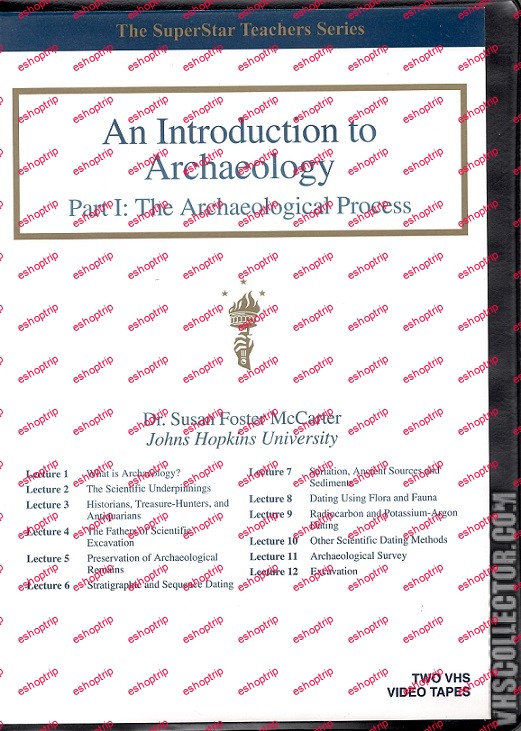
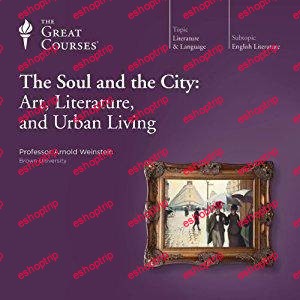

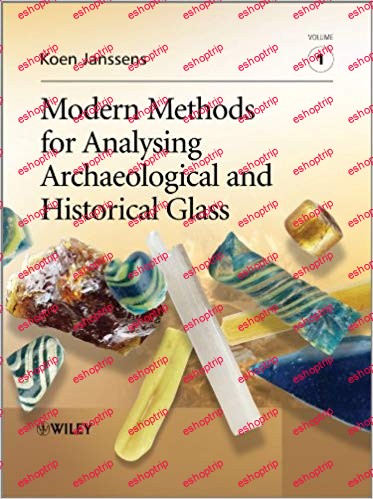
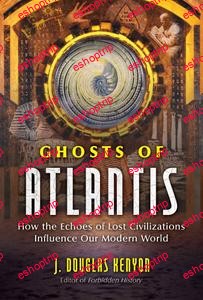
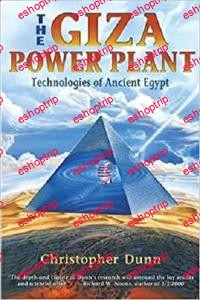
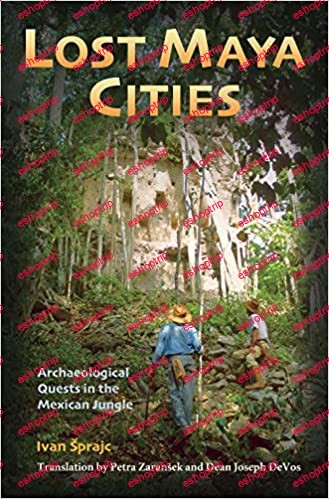
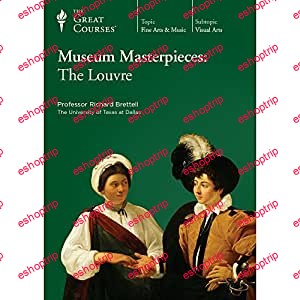
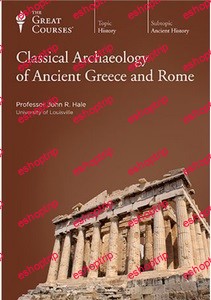
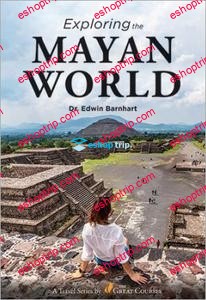

Reviews
There are no reviews yet.